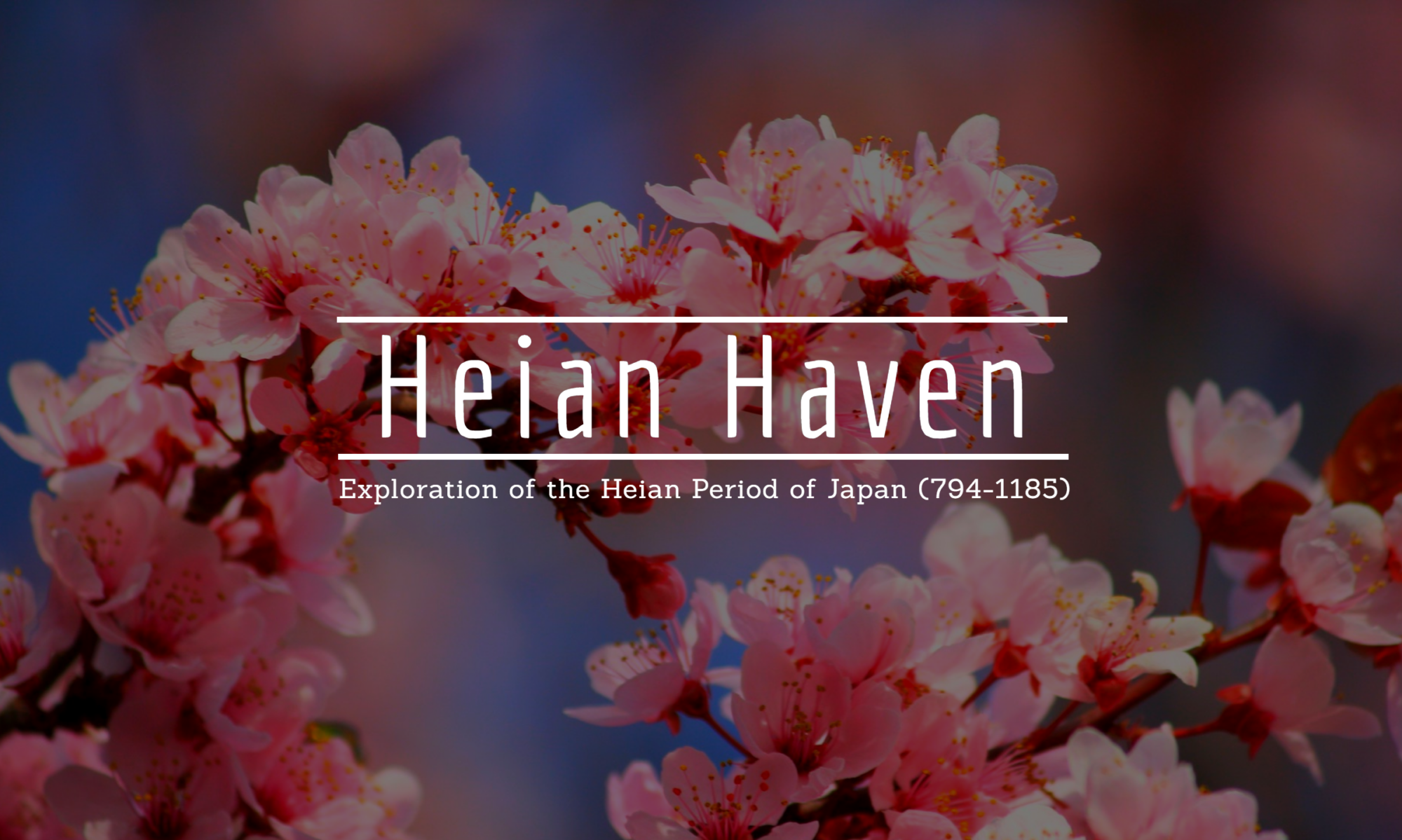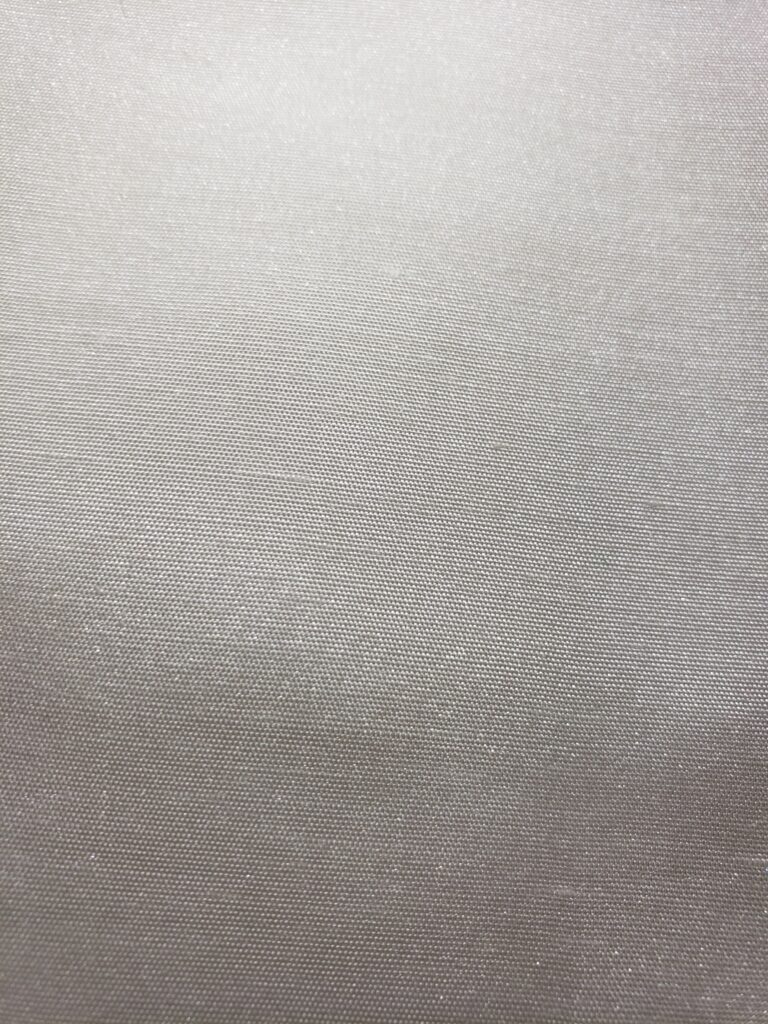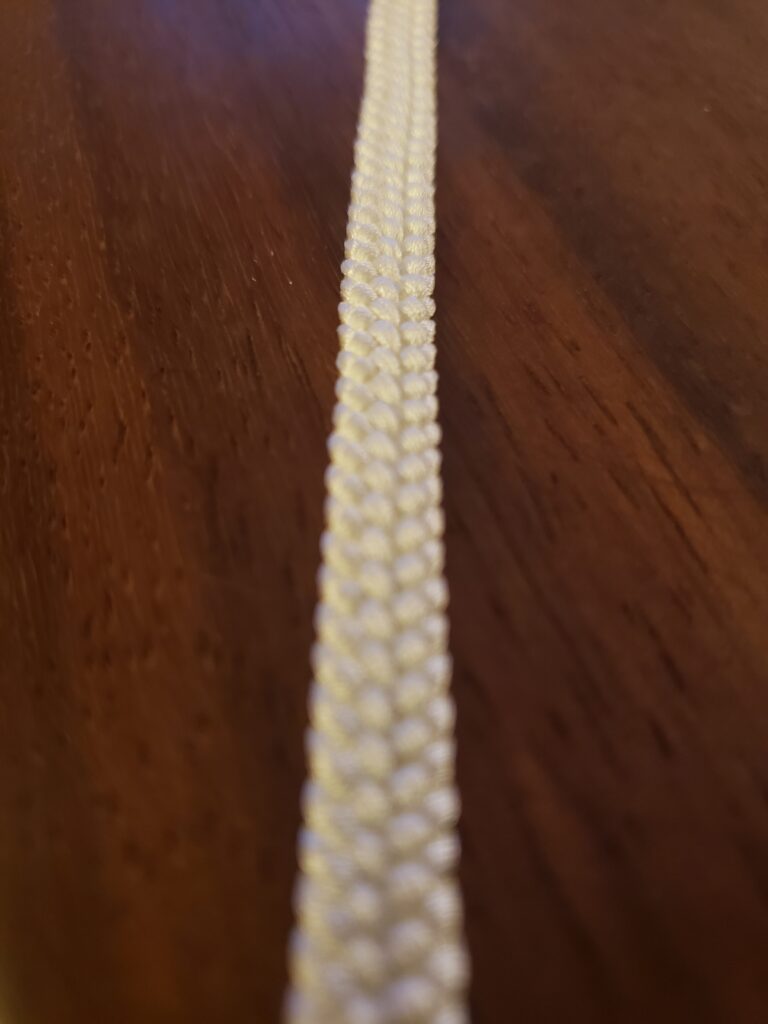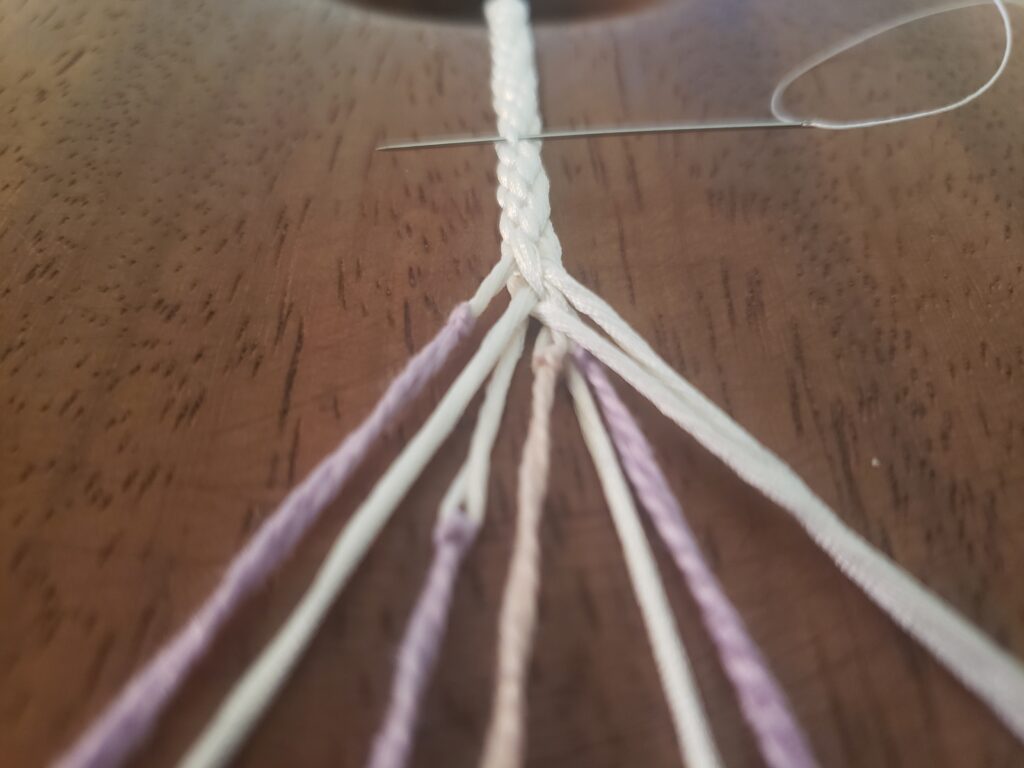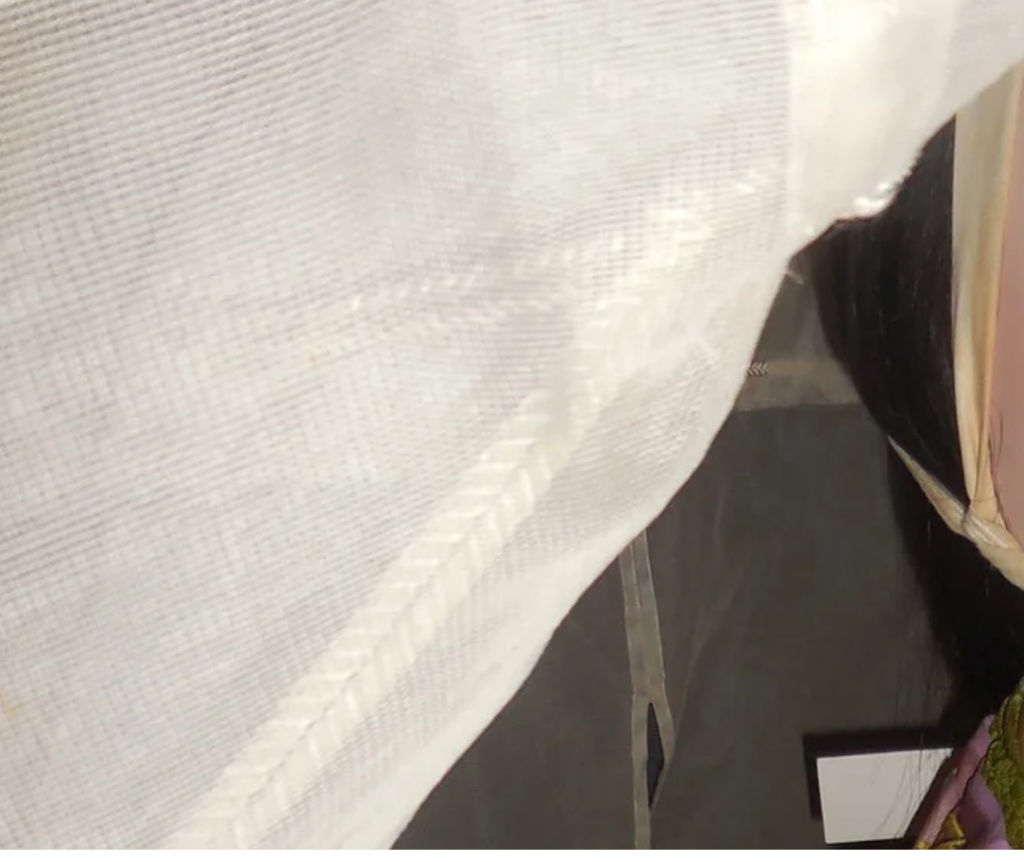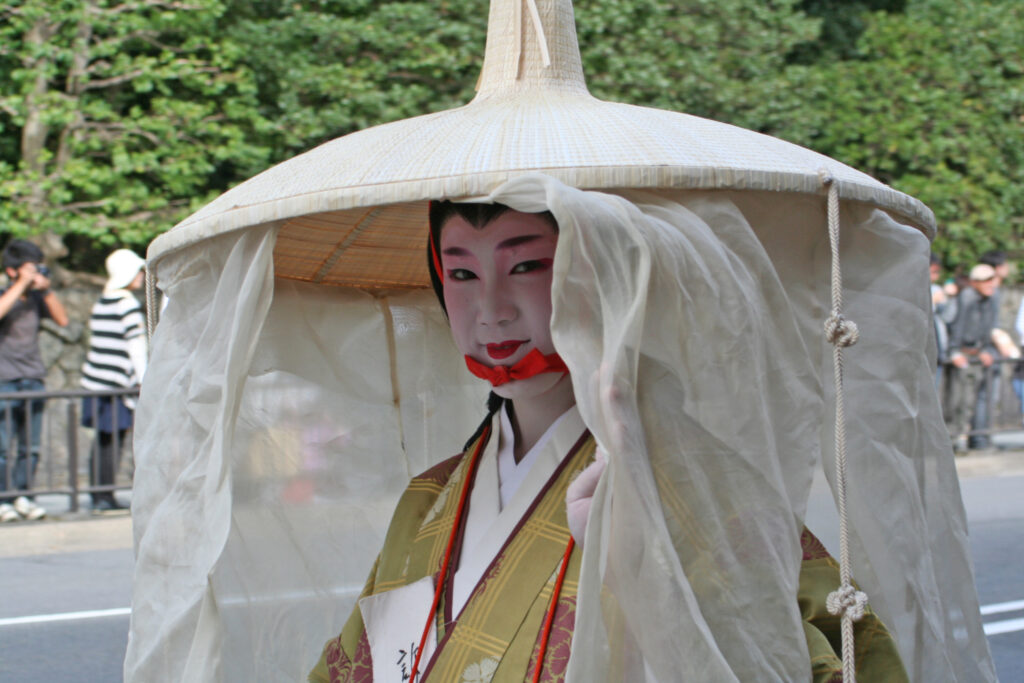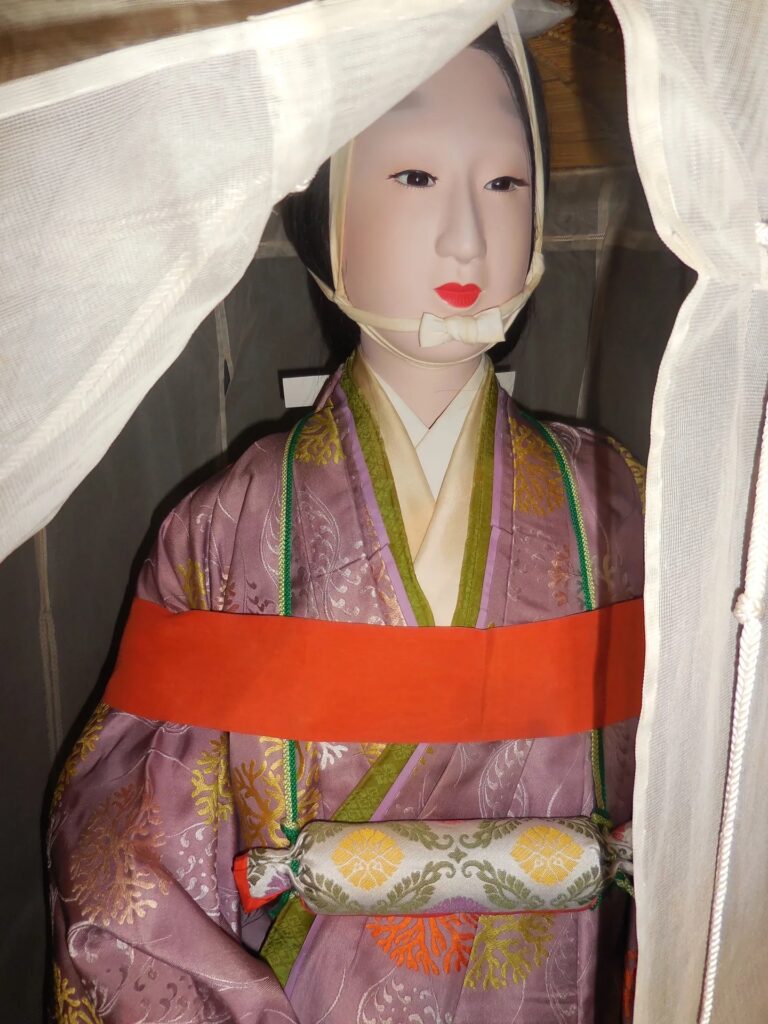I needed a low key day.
When I brought myself around to working on this project today, I wasn’t in the mood to sew. I decided to go over my research and documentation.
And I found purpose in my presentation script.
I intend to record a video, wearing the completed outfit, giving an overview of the project and how it was accomplished. A 3 minute overview. Or something like that. It’ll be part of my submission of things for A&S Champs in early January. It’s currently about 2 minutes, but we’re only on the second draft. Updating will need to happen as I move through the creation process. And it’s not like 3 minutes is something specific, I just figure I can get most of the information across in about 3 pages of text which works out to about 3 minutes of talking. I will limit myself to five minutes though.
I was taking note while writing out the script where I will need to insert citations for my final documentation. It’s going to be tedious to hunt down sources for some of the information. There are so many things that I know but have forgotten where I picked them up. Common knowledge things should be relatively easy to pin down. Just tedious.
This is me trying to put to good use the ideas presented in the class I took. And desperately trying to feel productive on a day when I could barely be bothered… I’ll try to spread out my documentation sessions and save them for when I’m unmotivated for sewing.
And no matter what else, it’s more progress than I had yesterday, and that’s a win.
